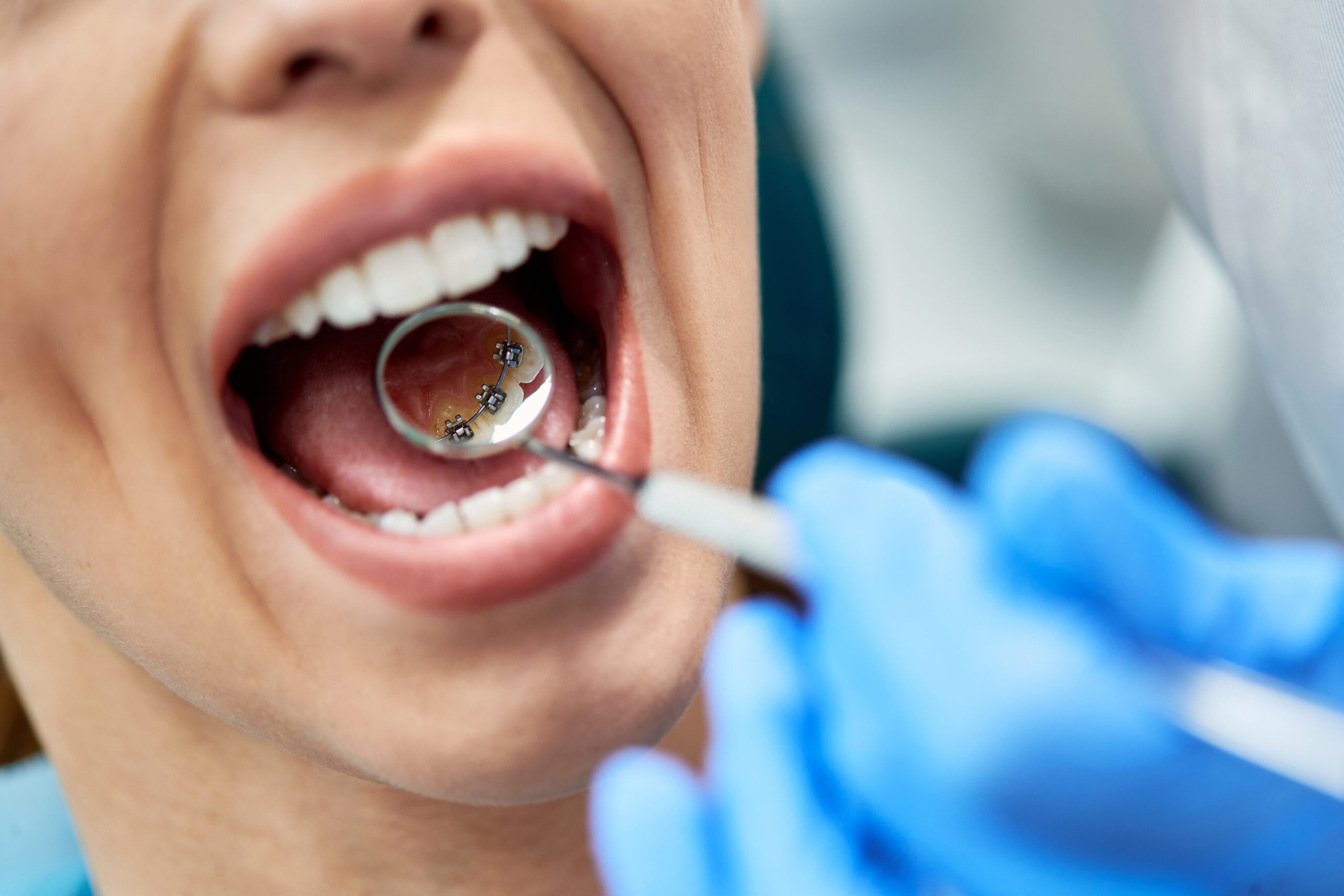The Best Guide To Legacy Orthodontics
Table of ContentsThings about Legacy OrthodonticsLegacy Orthodontics for BeginnersThe Legacy Orthodontics StatementsThe Ultimate Guide To Legacy OrthodonticsGet This Report about Legacy Orthodontics
In enhancement, we use flexible treatment routines, flexible settlement choices and an enjoyable, satisfying experience.An orthodontist is a dental expert educated to diagnose, avoid, and treat teeth and jaw irregularities. They remedy existing problems and are trained to determine issues that might establish in the future. Orthodontists collaborate with individuals of every ages, from youngsters to adults. Individuals often connect a best smile with health.
Malocclusion, or misaligned teeth, can result in dental problems, including tooth decay, gum illness, and difficult or agonizing chewing. Yet not every person is birthed with straight teeth. If you have a poor bite or huge rooms in between your teeth, you might wish to speak with a dentist specializing in orthodontic care.
9 Easy Facts About Legacy Orthodontics Explained
( Picture Debt: DigitalVision/Getty Images) Orthodontists use dealt with and removable dental tools, like braces, retainers, and bands, to transform the placement of teeth in your mouth. Orthodontic therapy is for dental problems, consisting of: Jagged teethBite issues, like an overbite or an underbiteCrowded teeth or teeth that are too much apartJaw misalignmentThe goal of orthodontic therapy is to enhance your bite.
While you could assume of orthodontists as mostly for kids or young adults who require dental braces, they can correct dental issues at any kind of age. Orthodontists attend college, dental college, and orthodontic institution.
, yet not all dental experts are orthodontists. They concentrate on two locations: Just how to properly and safely relocate teeth Exactly how to effectively guide advancement in the teeth, jaw, and faceOnce an orthodontist has finished training, they have the alternative to end up being board licensed.
Some Of Legacy Orthodontics
Malocclusion leads to tooth overcrowding, a misshapen jaw, or uneven bite patterns. Malocclusion is normally treated with: Your orthodontist attaches steel, ceramic, or plastic square bonds to your teeth.
If you have only small malocclusion, you may have the ability to utilize clear dental braces, called aligners, rather than typical dental braces (https://www.cybo.com/US-biz/legacy-orthodontics_2w). Some people require a headwear to help relocate teeth right into line with stress from outside the mouth. After braces or aligners, you'll need to use a retainer. A retainer is a custom gadget that maintains your teeth in area.
They're frequently used on children. They can produce extra space in the mouth without needing to pull teeth. If you have a major underbite or overbite, you may require orthognathic surgical procedure (additionally called orthodontic surgical treatment) to lengthen or shorten your jaw. Orthodontists use wires, surgical screws, or plates to sustain your jaw bone.
You may require to see an orthodontist if you have: Crowding or otherwise sufficient space for every one of your teethOverbite, when your upper teeth come over your base teethUnderbite, when your base teeth are as well much forwardSpacing or problems with gapsCrossbite, which is when your upper teeth fit behind your bottom teeth when your mouth is closedOpen bite or an upright void in between your front base and upper teethMisplaced midline, when the facility of your base and upper teeth don't align Dealing with an oral malocclusion can: Make attacking, chewing, and speaking easierImprove the proportion of our face and your general appearanceEase pain from temporomandibular joint conditionsDifferent your teeth and make them much easier to clean, aiding stop dental cavity or tooth cavities It's often a dental practitioner that first notices misaligned teeth throughout a regular examination.
What Does Legacy Orthodontics Mean?

During your first orthodontic consultation, you'll likely have: An oral examPhotos taken of your face and smileDental X-raysPanoramic (360 level) X-rays of your face and headImpressions to produce mold and mildews of your teethThese examinations will certainly assist your orthodontist understand how to continue with your treatment. orthodontics. An orthodontist is a dental practitioner who's had training to treat your teeth and jaw
An orthodontist is focused on your bite, so something like a chipped tooth would be managed by a dentist. Orthodontists are concentrated on your bite, or the method your teeth fit together, and the straightness of your teeth.
Ever before wondered how celebs always seem to have perfectly straightened teeth? Orthodontists are oral specialists who concentrate on correcting irregularities in the teeth and jaws.
Top Guidelines Of Legacy Orthodontics

While dental braces are the most frequently recognized orthodontic therapy, orthodontists have a diverse toolkit at their disposal. The details method picked depends upon the extent of the case, the individual's age, and individual choices. These tried-and-true braces make use of a system of brackets bonded to the teeth and attached by wires.
Clear aligners, like Invisalign, are a prominent option for people seeking a more very discreet treatment alternative. These removable trays are custom-made to gradually change the teeth's placement. Headgear may be utilized combined with dental braces or aligners to use added targeted pressures, specifically for fixing jaw inconsistencies. In instances of slim jaws, palatal expanders can be used to create space for appropriate tooth positioning.